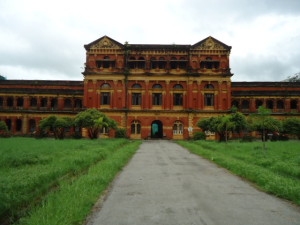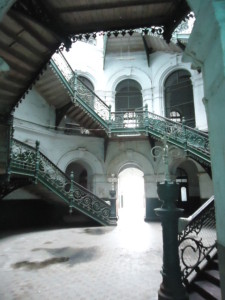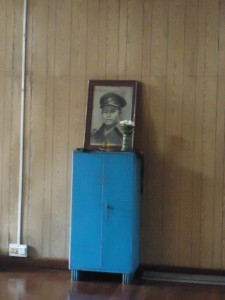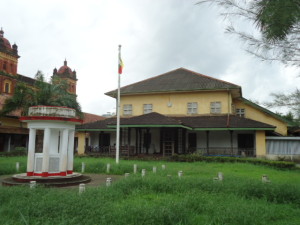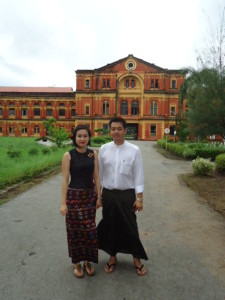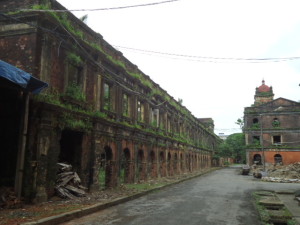In an article written in 1996 I wrote of Burma that for several decades the country had been
 ‘the dark house of the neighbourhood, huddled behind an impenetrable, overgrown fence.’ Today Burma is a completely changed country, yet one of its most important buildings still embodies that metaphor: it is the Central Secretariat, which was until 1947 the seat of the British colonial government in Rangoon.
‘the dark house of the neighbourhood, huddled behind an impenetrable, overgrown fence.’ Today Burma is a completely changed country, yet one of its most important buildings still embodies that metaphor: it is the Central Secretariat, which was until 1947 the seat of the British colonial government in Rangoon.
The Central Secretariat (which was long known in Burmese as ‘the Minister’s Building’)
 was designed by Henry Hoyne-Fox (1855-1905), the Executive Engineer of the Public Works Department of the colonial government.
was designed by Henry Hoyne-Fox (1855-1905), the Executive Engineer of the Public Works Department of the colonial government.
Work on the building started in 1889 and most of the brickwork was completed by 1892
but construction continued until 1902. The builder was a contractor from northern India by the name of Baboo Naitram Rambux.

The complex sprawls over many acres of central Yangon, where land prices in some areas rival those of Tokyo.
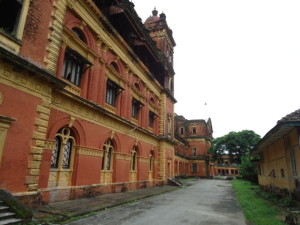
The Secretariat has been abandoned for many years.
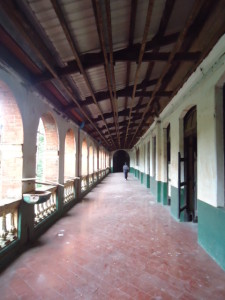
It is a vast, haunted labyrinth of echoing, empty corridors and warehouse-like rooms.

The floors are uneven because parts of the building were destabilized by Japanese bombs during the Second World War. Earthquakes have also played havoc with the structure.
Fans hang down from the ceiling, twisted into bizarre shapes. 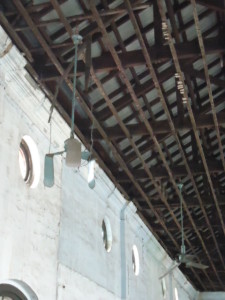
One of the main entrances leads to a double-spiral staircase, with banisters entwined in a curious helical form.
The ironwork was cast in Glasgow.
The building has a tragic history.
On 19 July 1947, a few months before Burma was to gain independence, the leader of the young nation, General Aung San
(father of Daw Aung San Suu Kyi)

was assassinated here, along with six members of his cabinet.
The assassins are said to have climbed up this staircase.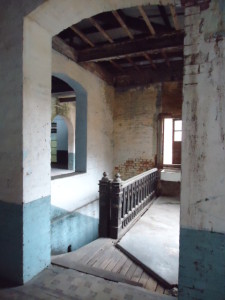
General Aung San and his cabinet
were seated here when the assassins marched in and sprayed the room with bullets. Today the room is a kind of shrine to the memory of those who died here that day.
The building that served as Burma’s first parliament is also in the compound.
It was here that independent Burma’s flag was first hoisted.
The pictures of General Aung San
and the six assassinated cabinet members hang inside, under Burma’s first flag.
Now the entire complex is being renovated by a young couple
Le Yee Soe and Soe Thwin Tun.
They envisage a museum, art galleries, offices, restaurants, performance spaces and
an arcade where visitors will be able to buy traditional handicrafts.
If all goes as planned the site will be spectacular – unique in Asia.
Facing the Central Secretariat, across Bo Aung Kyaw Street
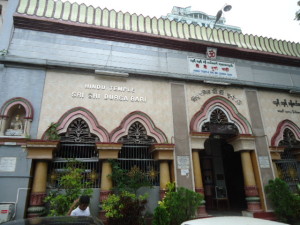
is a Durga Temple that also dates back to 1889.
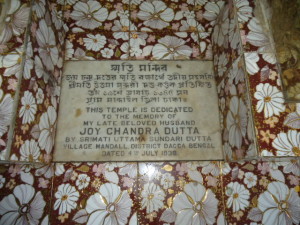 Inside is a plaque to Joy Chandra Dutta, who was related to my family. He was from my father’s ancestral village, Medini Mandol (in what is now Bangladesh).
Inside is a plaque to Joy Chandra Dutta, who was related to my family. He was from my father’s ancestral village, Medini Mandol (in what is now Bangladesh).
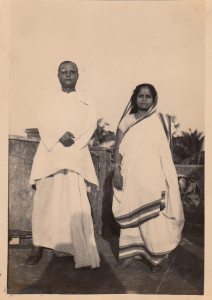 My aunt Molina, my father’s eldest sister, married into the Dutta family which was then based in Moulmein, Burma. It was her husband, Jagat Chandra Dutta, who started me on the path that would lead to ‘The Glass Palace.’
My aunt Molina, my father’s eldest sister, married into the Dutta family which was then based in Moulmein, Burma. It was her husband, Jagat Chandra Dutta, who started me on the path that would lead to ‘The Glass Palace.’

